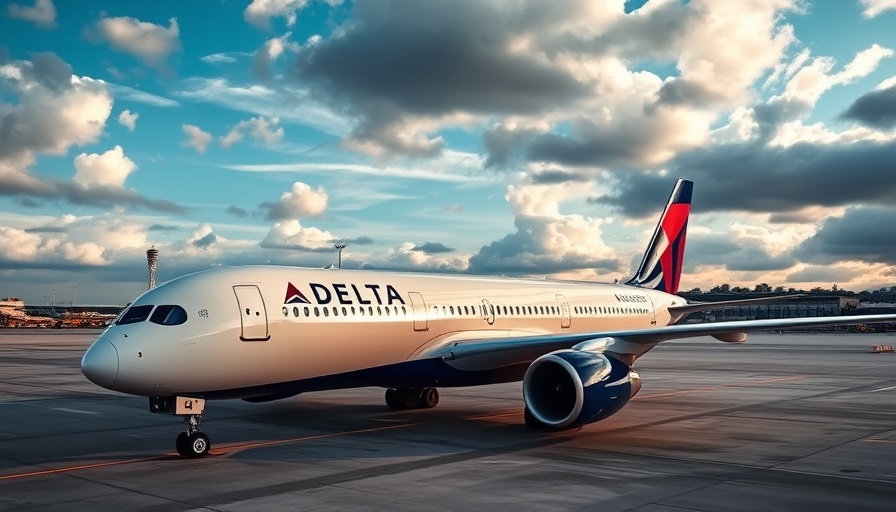
Delta Air Lines Navigates Tariff Challenges with Smart Strategy
In a strategic maneuver to evade hefty tariffs, Delta Air Lines has prioritized international operations for its latest Airbus A350 aircraft. This new addition, tail number N528DN, is scheduled to fly directly from the Airbus factory in Toulouse, France, to Tokyo, Japan, allowing Delta to sidestep 20% import tariffs that would have been incurred had the aircraft been brought into the U.S.
The Importance of Aircraft Fleet Strategy
By implementing this delivery plan, Delta showcases its agility in a competitive aviation market that is still recovering from the impacts of past economic fluctuations and trade policies. During Delta’s recent earnings call, CEO Ed Bastian emphasized the importance of avoiding additional costs during uncertain times, underlining the significance of collaboration with aircraft manufacturers like Airbus.
Coping with Tariff Impacts on the Aviation Industry
The impact of tariffs on the aviation sector has been considerable, contributing to a potential increase in operational costs that could hinder growth. Bastian remarked on the challenge of incorporating a 20% tariff into the financial model, suggesting that operational strategies must evolve in response to the shifting landscape of international trade. This instance is indicative of how U.S. airlines are adapting to governmental trade restrictions, reflecting broader industry challenges.
Future Implications for Delta and the Aviation Sector
As Delta operates its current fleet of 36 Airbus A350-900s while anticipating deliveries of 15 more, the airline's approach may serve as a case study for other aviation companies facing similar tariffs. The decision to fly new aircraft directly to international markets could represent a significant shift in fleet management strategies.
Concluding Thoughts
Delta's strategic airlift of its Airbus A350 to Japan underscores the airline's commitment to innovation and cost management in the face of tariffs and operating challenges. As the industry adjusts to the ongoing fallout from previous trade policies, companies like Delta are leading the way by exploring dynamic solutions.
 Add Row
Add Row  Add
Add 




Write A Comment